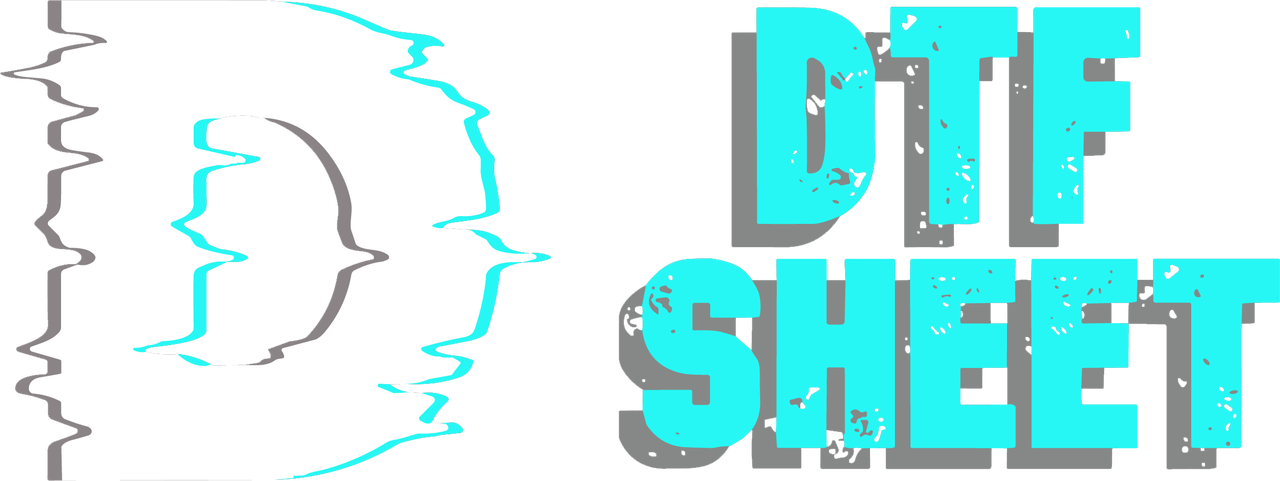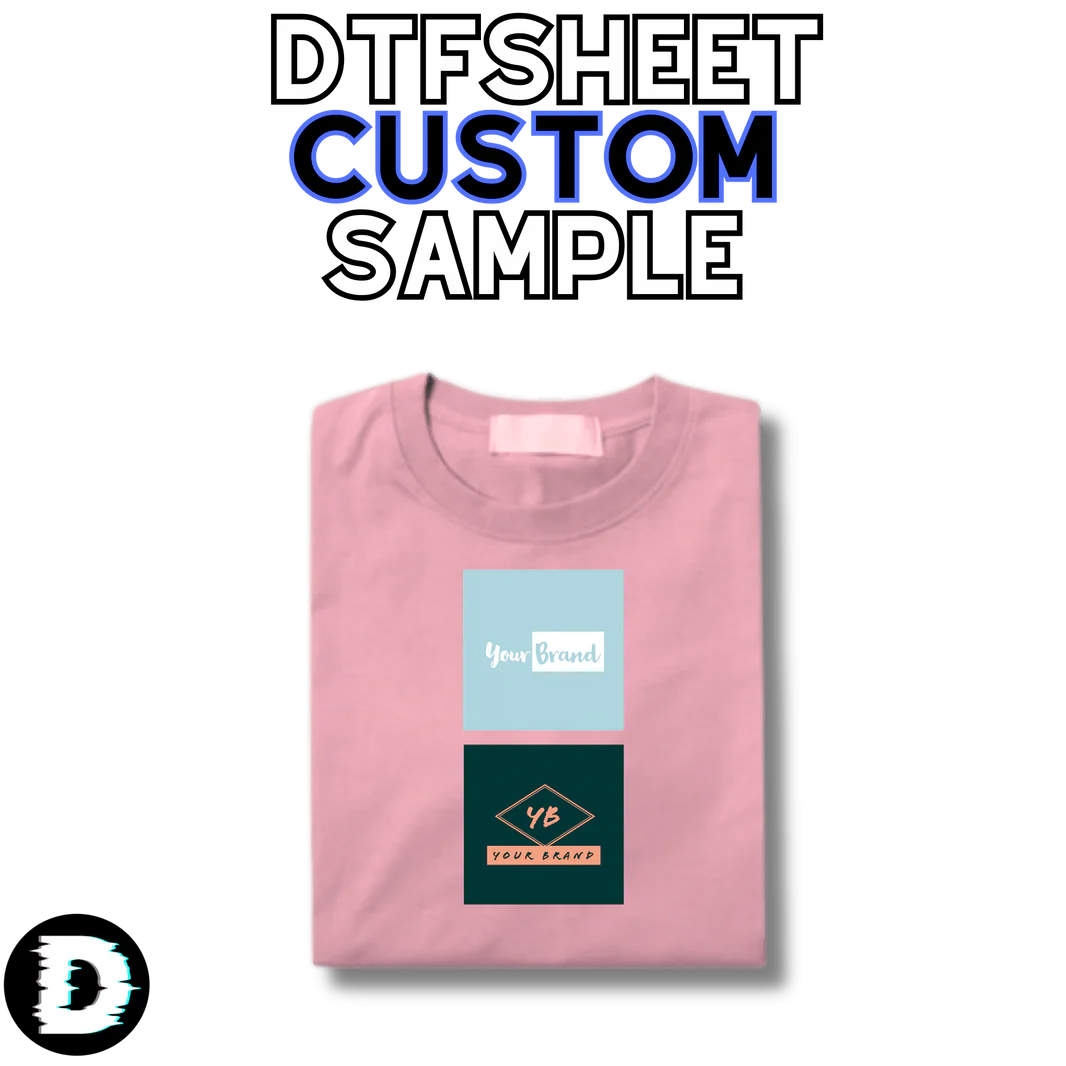DTF transfer is an emerging printing technique, which raises some questions. This special printing technique is a new generation and is integrated with technology. Users compare it with other printing techniques before choosing DTF printing. Its competitor sublimation is also a printing method compared to DTF. At this point, DTF transfers vs sublimation is an important issue. If you want to learn about these two printing methods, you can continue reading our content.
What is DTF Printing?
DTF printing involves the process of applying a specially prepared design on fabric or different material surfaces. This printing technique is applied with inkjet technology and heat press. At the beginning of this application, four-color CMYK is used and the design is printed on PET paper. The design is fixed with adhesive film and heated to harden it. The hardened transfer paper is now ready to be applied to the surface. With the heat press, the image is transferred to the surface to be printed and the printing process is completed.
This printing method is particularly suitable for cotton, nylon and polyester. It is also suitable for small-scale printing, making it a good decision if you are printing on a single product. DTF transfer offers a rich choice of colors and lasts a long time without fading. It has eye-catching visual quality with realistic and vivid patterns. Today, businesses that want to promote their brands, fashion representatives who want to produce unique and original clothes and individuals who want to design their own clothes use this printing technique.
What are the Pros and Cons of DTF Transfer?
When it comes to DTF transfers vs sublimation, it is necessary to talk about the pros and cons of prints. DTF transfer has both pros and cons. If we need to talk about the pros, the following can be said:
- It can be easily applied on any fabric.
- It can be applied on light and dark colored fabrics without color limitation.
- Since it does not require pre-treatment, it allows the printing process to be completed in a short time.
DTF cons are as follows:
- Because one item is printed at a time, it is necessary to wait for the entire print.
- Images can be solid depending on the type of fabric and surface. This can cause them to crack and deform over time.
What is Sublimation Printing?
Sublimation printing involves transferring an image onto a special piece of paper using a sublimation printer. It offers suitable solutions for large-scale printing needs. The image removed from the printer is transferred onto the fabric with the help of ink and waited until it is absorbed. It can be applied on fabrics such as nylon, acrylic and polyester. The pros of sublimation printing are as follows:
- It can be applied on hard surface materials such as mugs.
- Since there is unlimited printing process, it offers fast and effective solutions for multiple orders.
Cons of sublimation:
- The most suitable fabric for sublimation printing is polyester.
- It may not provide suitable solutions for dark colored surfaces.
What are the Main Differences Between DTF Printing and Sublimation?
When it comes to the main differences between DTF transfer and sublimation, we can talk about many elements. DTF printers have smaller rollers than sublimation printers. Therefore, more prints are produced in the sublimation printer. This is one of the main differences between the two printing techniques.
The printing process and print quality are also important differences between the two techniques. DTF transfers turn from solid to liquid when transferring the design to the fabric, while in sublimation printing, the solid turns directly into gas.




























